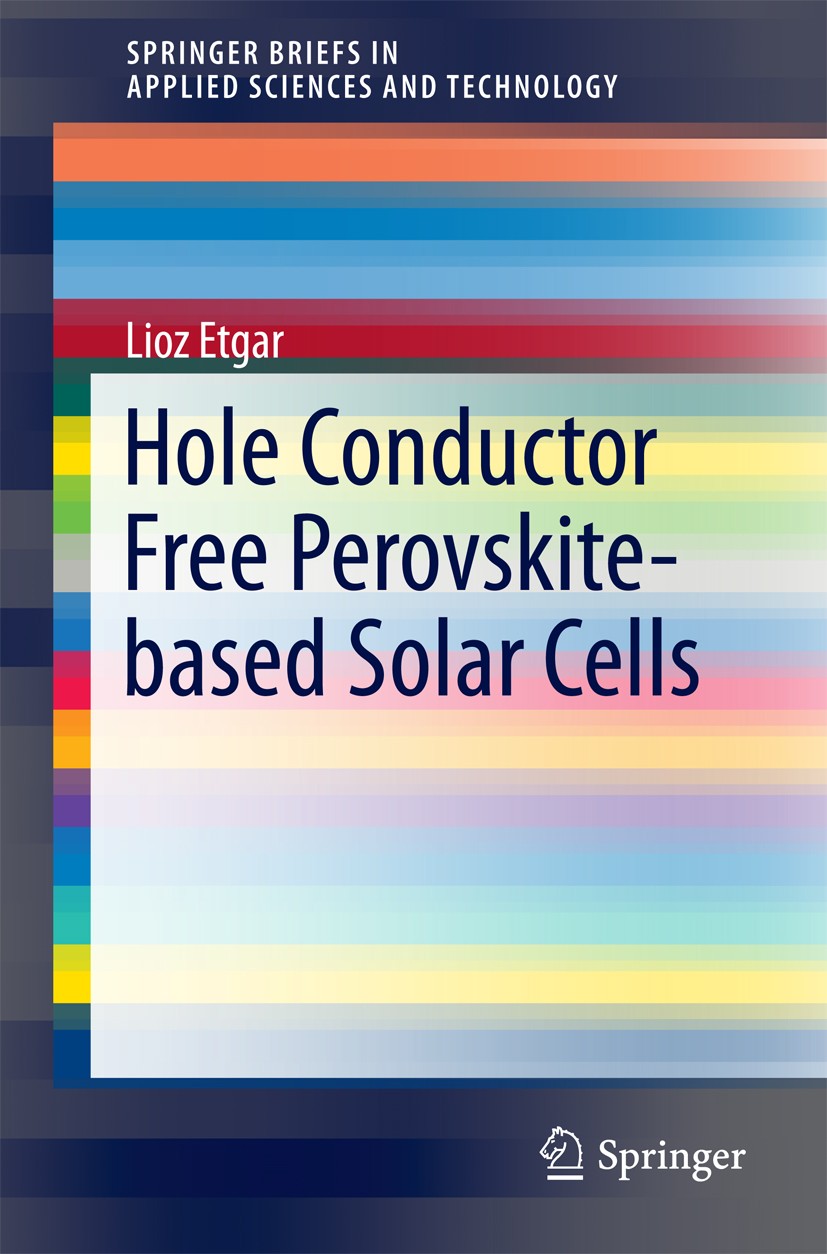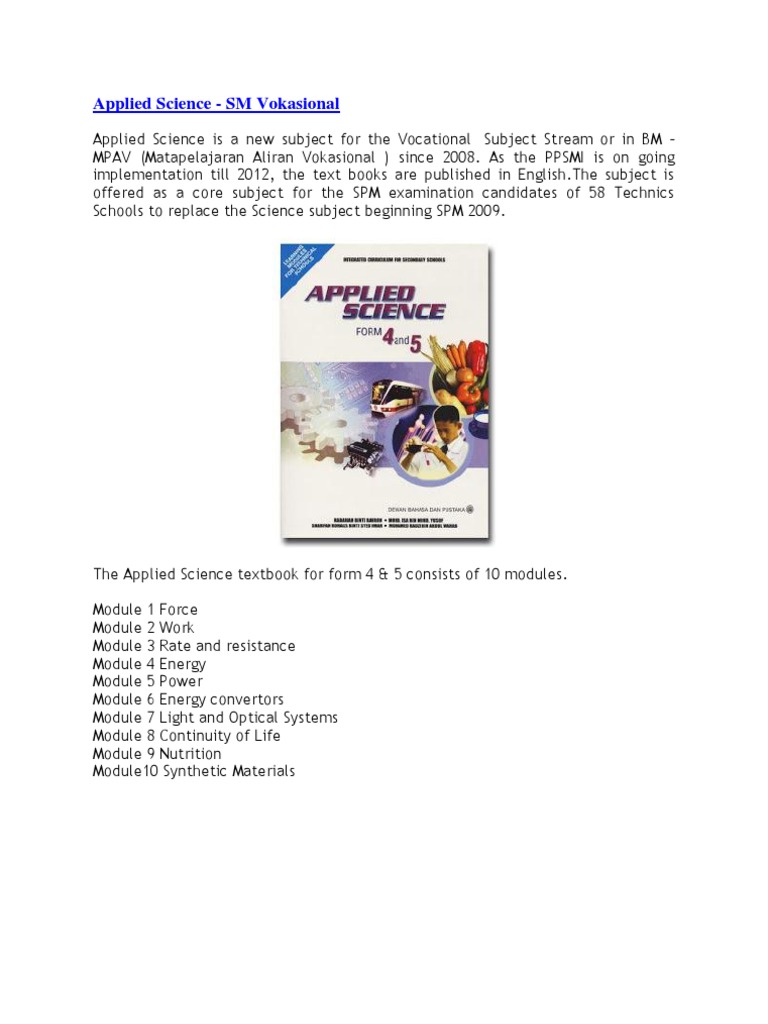Applied Sciences, Free Full-Text
$ 22.50 · 4.7 (391) · In stock
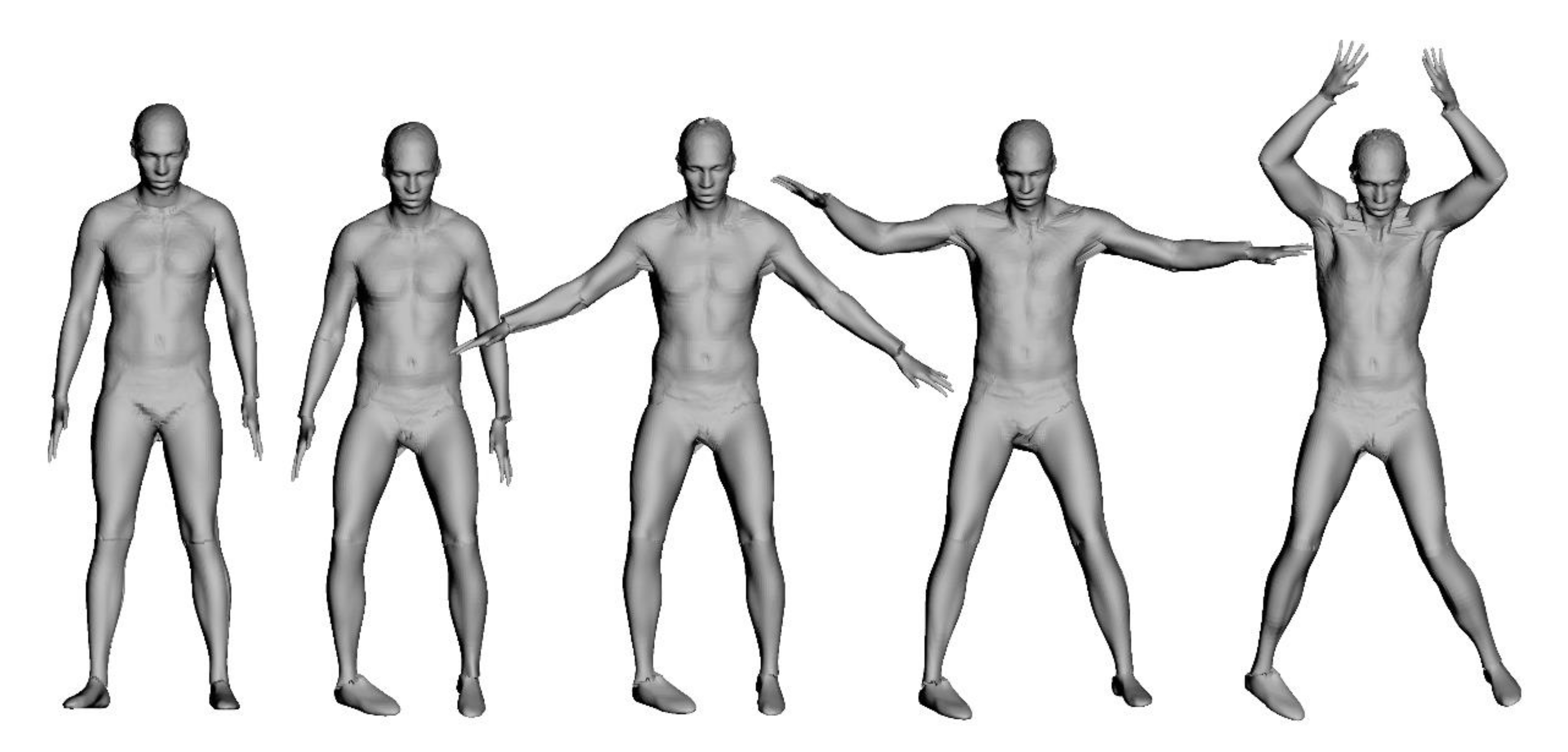
In this article, we present a method of analysis for 3D scanning sequences of human bodies in motion that allows us to obtain a computer animation of a virtual character containing both skeleton motion and high-detail deformations of the body surface geometry, resulting from muscle activity, the dynamics of the motion, and tissue inertia. The developed algorithm operates on a sequence of 3D scans with high spatial and temporal resolution. The presented method can be applied to scans in the form of both triangle meshes and 3D point clouds. One of the contributions of this work is the use of the Iterative Closest Point algorithm with motion constraints for pose tracking, which has been problematic so far. We also introduce shape maps as a tool to represent local body segment deformations. An important feature of our method is the possibility to change the topology and resolution of the output mesh and the topology of the animation skeleton in individual sequences, without requiring time-consuming retraining of the model. Compared to the state-of-the-art Skinned Multi-Person Linear (SMPL) method, the proposed algorithm yields almost twofold better accuracy in shape mapping.

Applied Sciences An Open Access Journal from MDPI
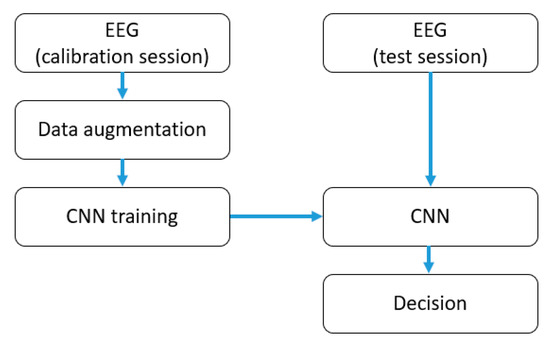
Applied Sciences, Free Full-Text, shotgun king igg

Applied Sciences An Open Access Journal from MDPI
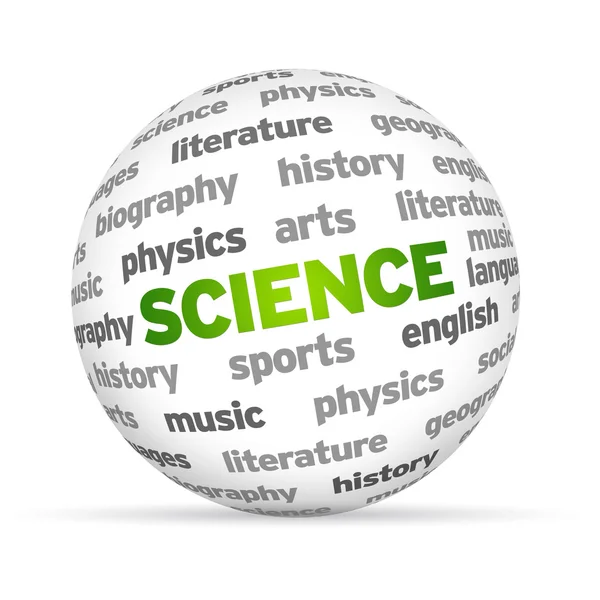
Applied sciences Stock Photos, Royalty Free Applied sciences Images
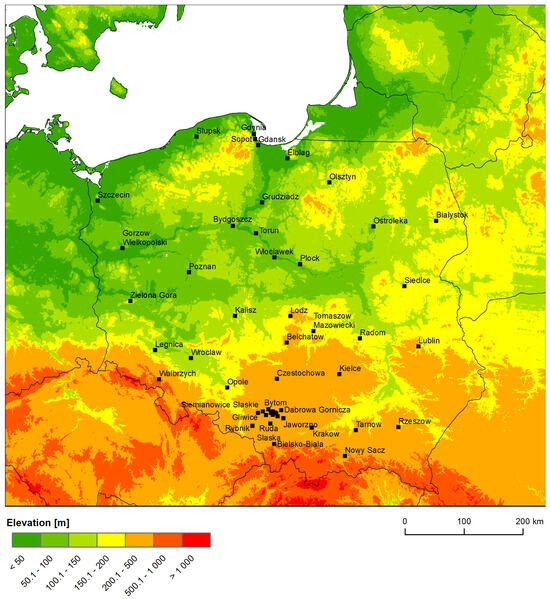
Applied Sciences, Free Full-Text, define empathetic
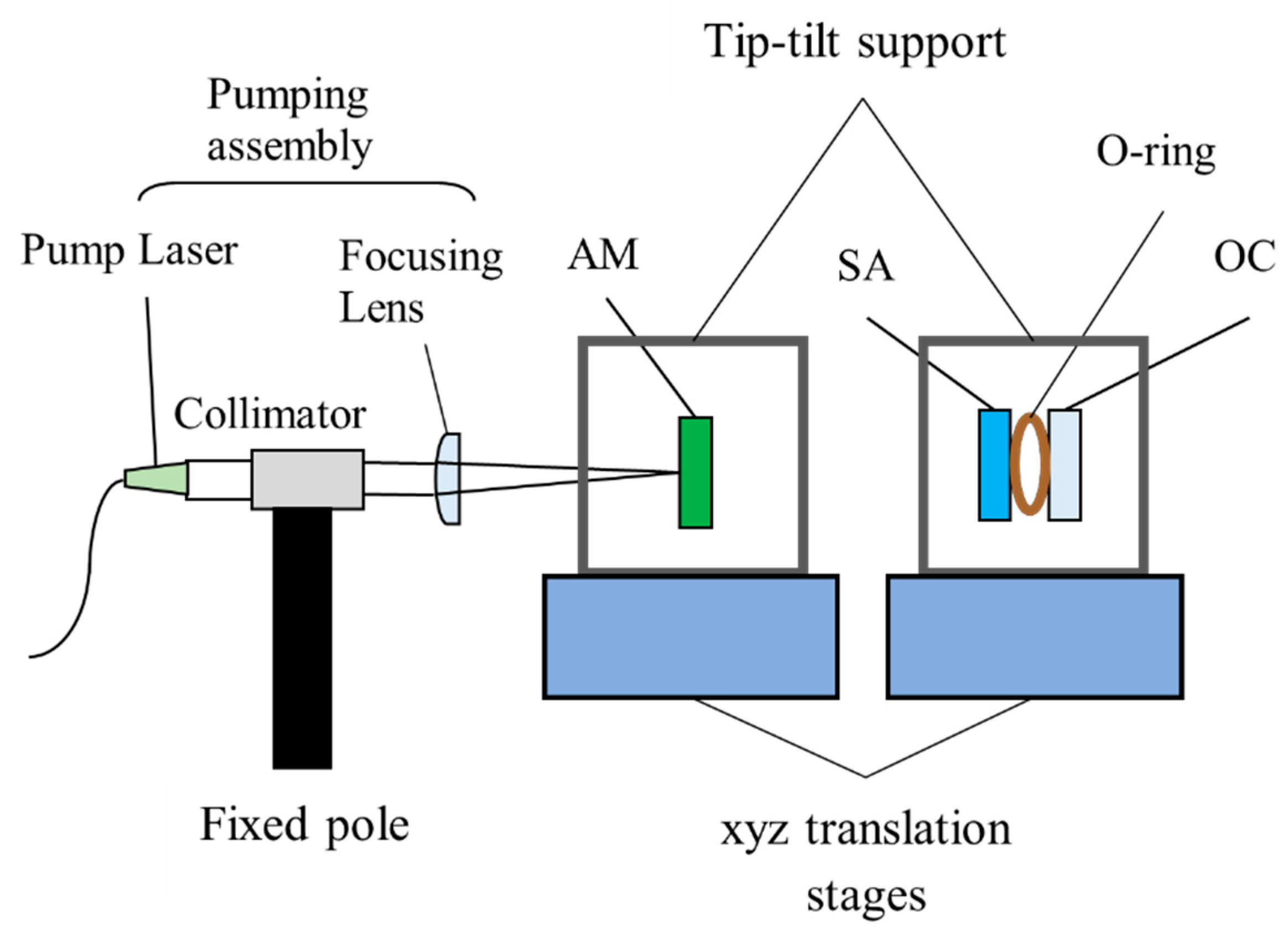
Applied Sciences, Free Full-Text, laser breadboard kit
Applied Sciences, Free Full-Text, Hemming Tool
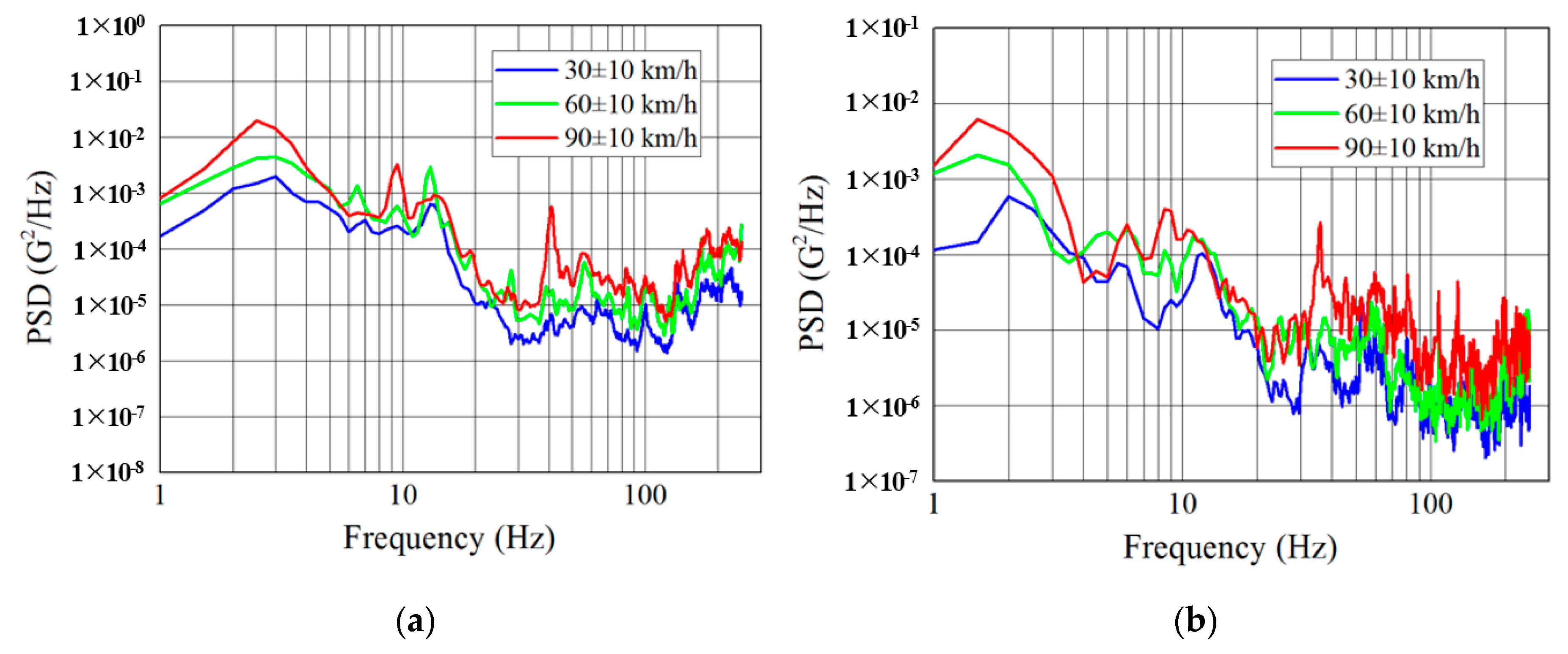
Logical LuxuryApplied Sciences, Free Full-Text, truck vibration at high speed
Applied Science

SciTalk - Western Norway University of Applied Sciences

Applied Sciences, Free Full-Text, rated output
